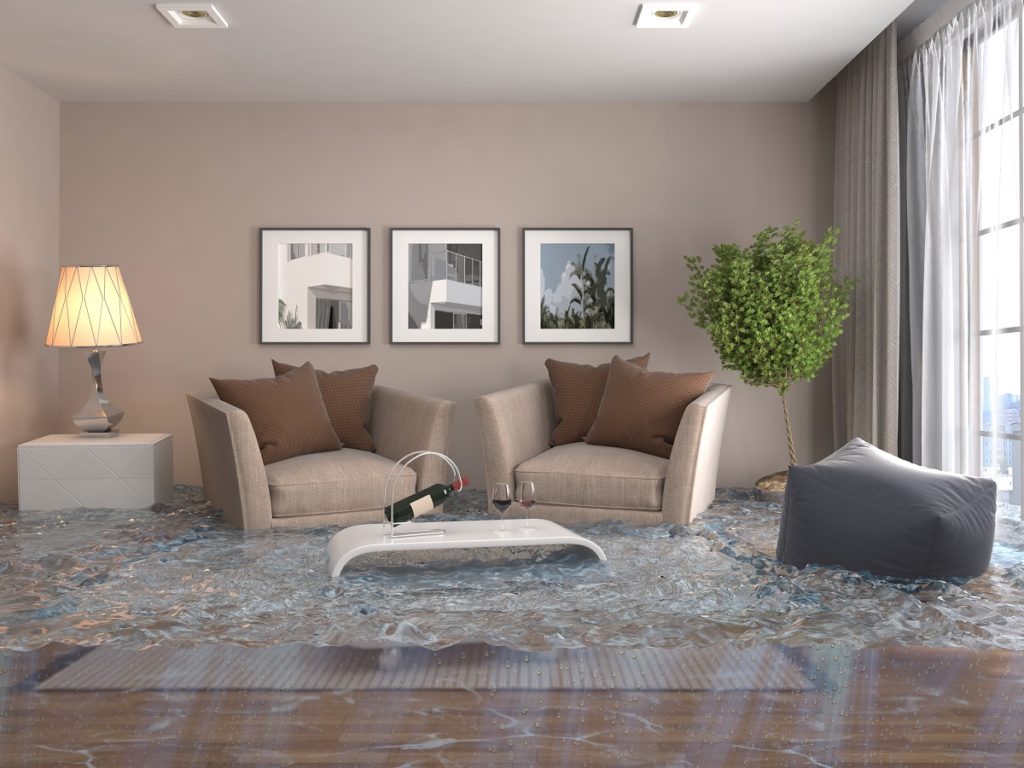There are times when your home is devastated by nature. Hurricanes, earthquakes, and even simple floods can do quite a number on your abode. But as long as it isn’t destroyed, you can get it back into great shape again. It will take some effort but here are some tips on what you can do.
How to Pay For It
When you return to a devastated home, after salvaging everything that can be saved, you should assess what exactly needs fixing and get an assessment. There are several contractors out there that can look at the current condition of your house. They can then give you an initial estimate of the repairs. That should be your starter number if you want to determine how much it will cost. What is more important is where you can get the money to fix everything. If you were smart, you likely had an insurance policy on your house so that will give you a solid beginning for your budget.
However, you will need more money than the initial estimate. Unexpected expenses and additional fixes might be necessary. For that, you can turn to government assistance programs. FEMA has a disaster housing home repair assistance that will release the money to you to help with repairs. You can also get a loan from the Small Business Administration to help with destroyed real estate.
Getting the Cleanup Experts In

When your house is still standing after a disaster, it will likely be a complete mess inside. This is especially if fire or water got in. Both of these can do a lot of cosmetic and structural damage, as well as leaving a lot of dirt and debris. Other disasters like earthquakes can also leave the house interior a complete shambles. Cleaning up will help repairs get done faster and can assist in making your place look more presentable. Fire and water damage restoration experts can help restore waterlogged and fire-blackened interiors.
Upgrade the Basement
One of the areas that need special attention is your basement. During floods, it will likely have been full of water. This could be bad news if you had home essentials like your furnace and electrical main in the basement. After the basement dries out, you should have those checked out to see if they are still functioning. Besides the basic fixes, you need to take steps to prevent future disasters from affecting your basement.
Additionally, you’ll want a structural review to see whether the basement is still in good shape. Afterward, you should take steps to waterproof the basement and ensure that it has a robust drainage system like a sump pump to prevent further floods.
Toughen Up Your Roof
Your roof likely took some damage from the disaster. Hurricanes could rip off roofs in seconds while harsh storms could cause leaks and even damage. A house with a bad roof or no roof is uninhabitable so you need to fix it up. You should make it better than before so that the roof can better handle it. Ask for hurricane strapping, which is added support for a roof against strong winds by clipping the roof to your house frame. Additional upgrades include better insulation and ensuring that there are no leaks.
Walking back into the house you rebuilt can be an incredible feeling. Knowing that you restored it into habitable condition can make your heart feel lighter. Additionally, when you make it even stronger and tougher than before, then you can feel better about all the effort and resources you used to do it. You can be sure that your home will be able to stand the next big disaster.


